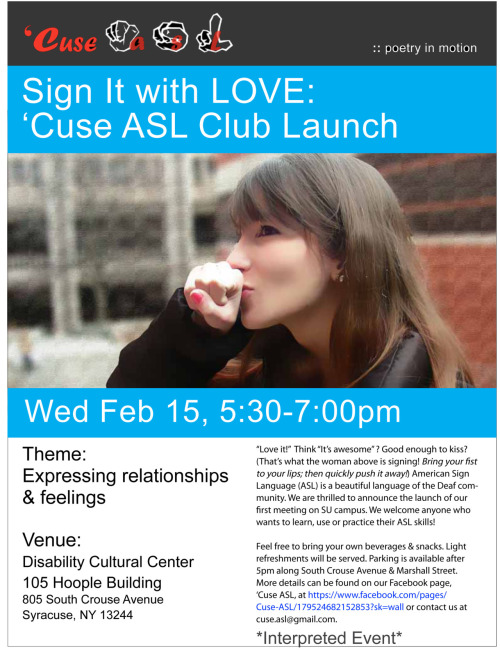Against the backdrop of the spectacular Vancouver Harbour, the AERA 2012 proceedings unfolded.
 |
| Photo courtesy of Angi Shelton |
My schedule was very full and so, regrettably, I had limited opportunity to take in the magnificent sights, sounds and tastes of Vancouver. However, I can attest that what I saw this time around - I was in Vancouver in 2007 -- was an improved Vancouver; cleaner, with a subway. My reflections that follow on AERA 2012 are attempts to think of how future conferences can be improved and what I take away from it.
1.
Missed opportunities on Twitter. I am in two minds about siting AERA beyond American territory. I understand the need for AERA to be culturally responsive and this might stir up controversy, but I speak as a poor American doctoral student. With a majority of graduate students not being able to use their mobile phones, the dissemination of social media bytes on the conference was limited. WiFi at the conference was wonky. I used the free Textplus app to send texts to my friends but the texts weren't getting out or I wasn't always receiving them. Bummer! I missed appointments. With approximately 13,000 conference attendees, I think AERA missed the opportunity for trending on Twitter. The next conference organizing committee definitely needs to leverage the power of social media. Come on, AERA, let's get #aera2013 to trend on Twitter!
2.
Stellar programs not packing them in. I know there are debates for and against mass trainings/conferences. There are so many good sessions to attend and so many that are scheduled at conflicting times. I had at one particular time slot 3 sessions that I had to go to at the same time as a Division student representative. No, I'm no bigwig; just the opposite. Is it a sustainability issue? Enterprise issue? There are 12 divisions and more than 160 SIGS. It was impossible to benefit from all that brain power with so much going on at the same time. A shame to waste all that good work!
3. Having said that, I'm very grateful to share
a few highlights of my trip.
#3.1. Division C's Fireside Chat with Dr. Richard E. Clark.
 |
| Introducing Dr. Clark. Photo courtesy of Angi Shelton. |
Session Title: Turning research into results: Handling the complexity of learning.
Dr. Clark is a genius; he can.not.be.duplicated. He challenged us to rethink how to translate research into practice, from stage 1 to stage 4; descriptive > predictive > generic technology > situated technology. Check out his slides
here.
It was an honor for me to have the opportunity to organize this Fireside Chat session. Previous speakers included notable scholars like Albert Bandura, Dale Schunk, Richard Mayer, Paul Cobb and others. To have the privilege to interact with Dr. Clark who once taught at Syracuse University and learn from him was priceless!
 |
| Captive audience. Photo courtesy of Angi Shelton. |
 |
| Yin Wah Kreher, Richard E. Clark & Angi Shelton |
He is an elegant speaker and an excellent teacher. He shared pertinent content and deep perception of the topics he presented to us. Several attendees left saying he made them "think" even though they were not from the same field as him. He addressed some of our concerns in advance, for instance, gently telling us to expand our territory; to work with people who are different from us by politely inquiring about the differences and learning from them.
#3.2. Division C Graduate Student Seminar.
 |
| With my partner-in-crime, Dr. Angela Shelton |
|
|
|
|
I was fortunate to be selected for this two-day preconference that
provided advanced doctoral students with an opportunity to receive
mentoring and advice from current faculty
members and to begin developing professional relationships with current
and future leaders within the field. Panel speakers touched on
developing a research program, job search, negotiating a contract,
funding, and publishing.
This is definitely well worth coming in earlier for the conference. I
met doctoral students who were passionate about their research and
oh-so-energetic! In all, I was in Vancouver for slightly more than a
week. Exhausted but rejuvenated.
 |
| With my mentor, Dr. Erica Halverson |
 |
| With some of my GSS cohort members and Dr. Gale Sinatra (third from right). |
#3.3 The Museum of Anthropology at the University of British Columbia.
The UBC campus was gorgeous. Thanks to the Graduate Student Council for organizing this guided tour. Visual stories below:
 |
| MOA - First Nation Art |
|
|
|
 |
| Listening to Reed, our tour guide |
|
|
|
 |
| Mixed media art by annie ross, Asst. Professor, Simon Fraser University. |
|
Professor Ross used cedar bark, old wool yarn, and discarded objects and materials to create this artefact. She creates works to present the "continuing impact of dispossession, resource extraction and pollution on peoples and homelands, with the artwork as a hope towards remediation". A powerful message! Kudos!
 |
| More of the interior. |
|
As we walked along and had lunch, I had the opportunity to meet some graduate students from other universities. On the bus back, we also had the chance to joke and chat a bit. The best part of going to a conference for me is to meet people; new and old, and to experience the camaraderie. To connect with other graduate students who get what I am going through as a doctoral student. The journey becomes less heartbreaking.
 |
| Bill Reid's Raven and the First Men at the Rotunda. |
|
|
Despite minor hiccups, I declare the conference a success. I learned a lot from getting to talk to so many people. Mind.culture.design? All criteria met. Thank you AERA!















